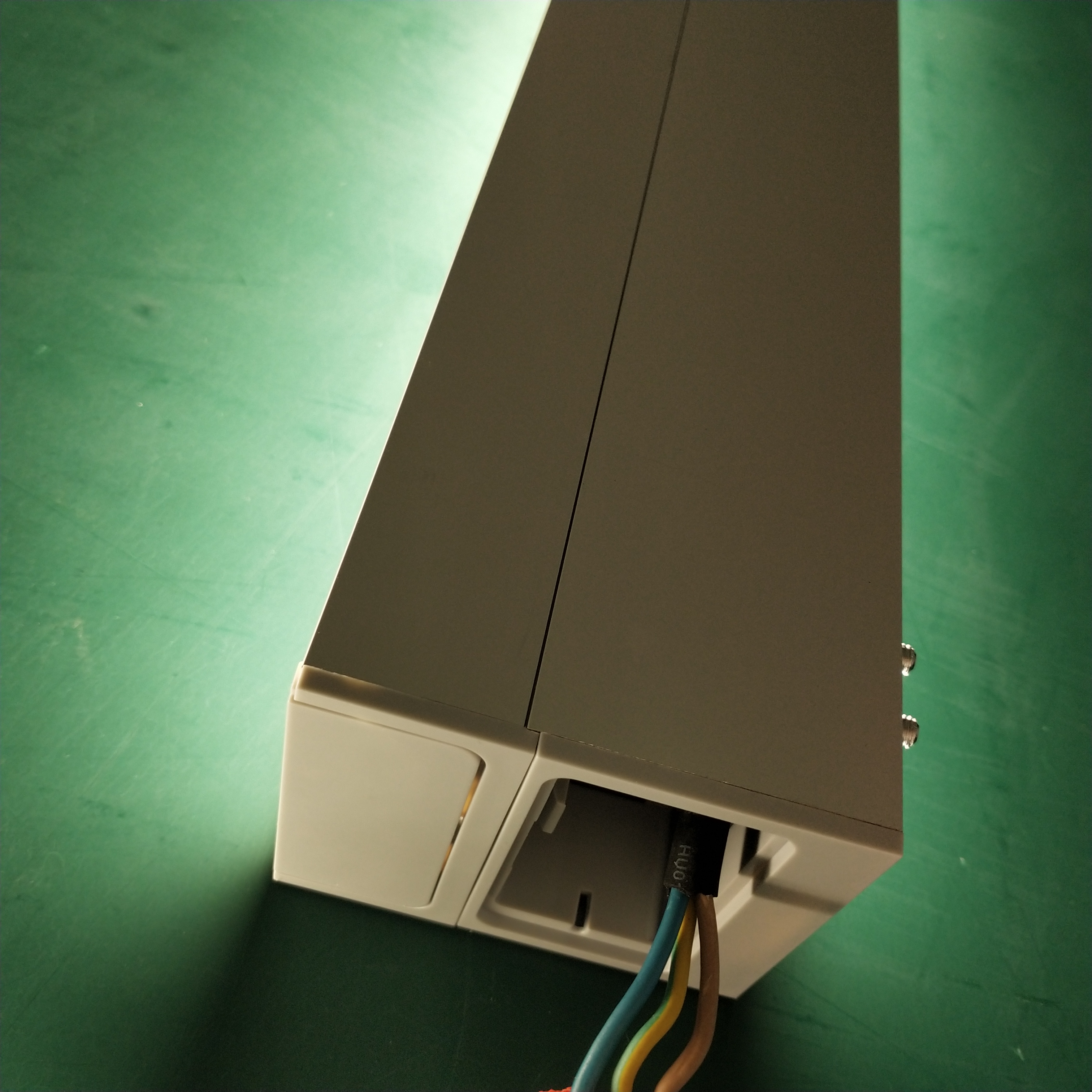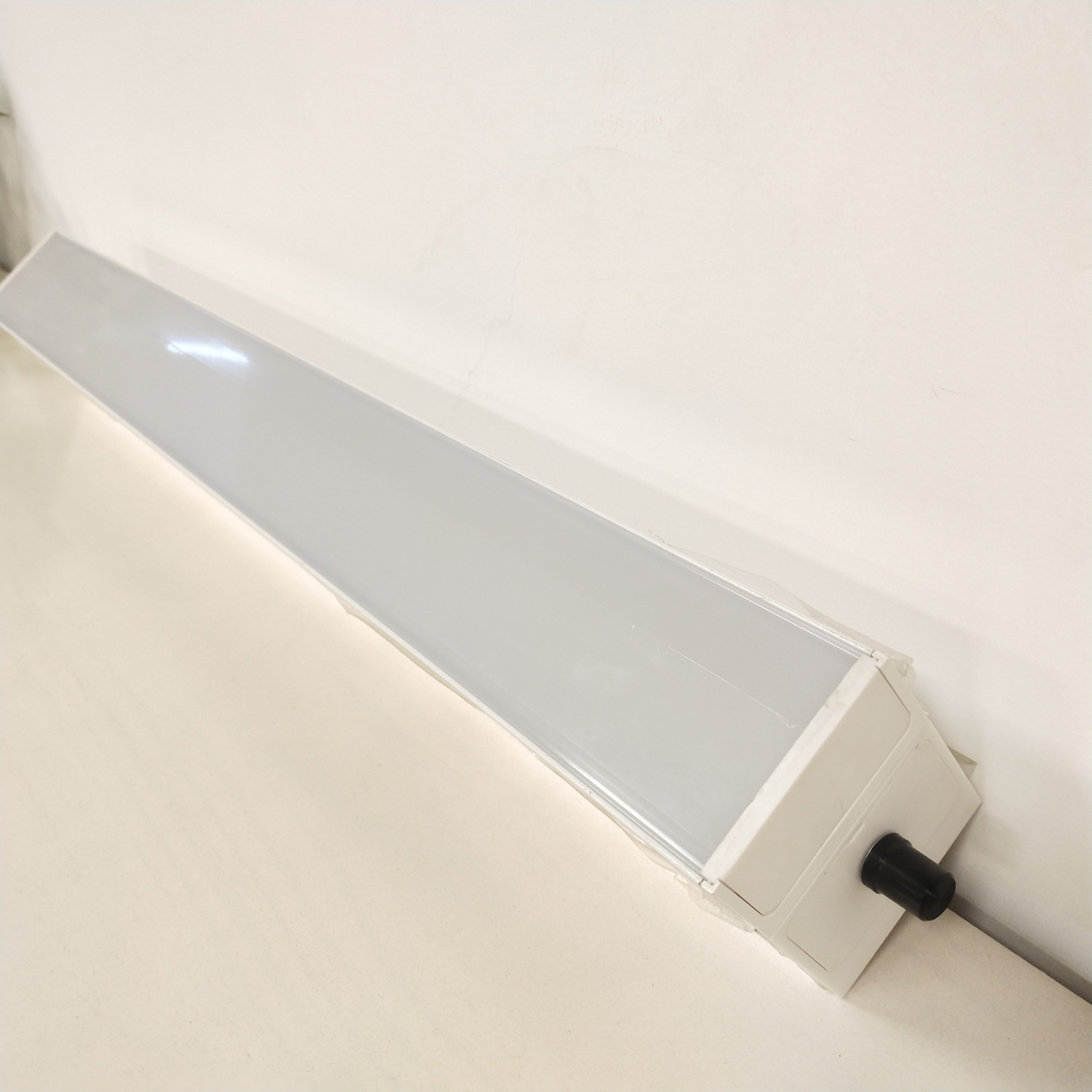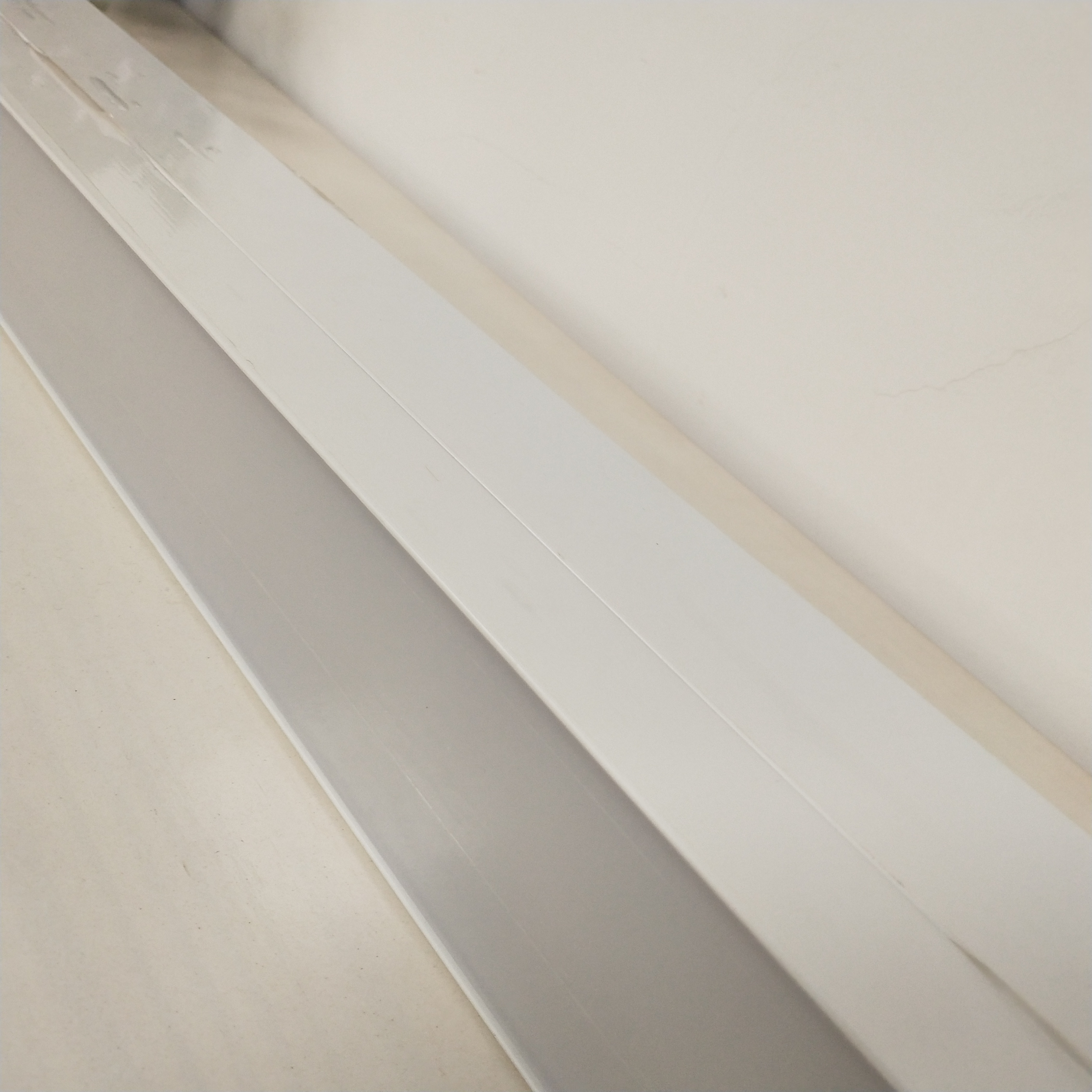When you look up, do you feel that your ceiling is too dark and feel depressed? Do you think the sky above the corridor is a little scary?
Then these Up and Down linear lights can solve your problem very well. Both the top and bottom of this Linear Light Led can emit light, the top is 30%, and the bottom is 70%. This Up And Down Light will make the entire space more spacious.
Ambient Lighting Office,Linear Led Light,Led Light Dimmable,Led Light Hanging SHENZHEN LITEHOME OPTOELECTRONIC TECHNOLOGY CO., LTD. , https://www.szlitehomelight.com
First, the application
A workpiece subjected to alternating loads such as torsion and bending requires the surface layer to withstand higher stress or wear resistance than the core. It is required to strengthen the surface of the workpiece, and is suitable for steel with a carbon content of We = 0.40 to 0.50%.
Second, the process
Rapid heating combined with immediate quenching and cooling.
By rapid heating, the surface of the steel to be processed reaches the quenching temperature, and the heat is transferred to the center without cooling. The surface layer is hardened to martensite, and the center is still unquenched. The original plasticity and toughness are better (or positive). Fire and tempering) organization.
Third, the main method
Induction heating surface quenching (high frequency, medium frequency, power frequency), flame heating surface quenching, electrical contact heating surface quenching, electrolyte heating surface quenching, laser heating surface quenching, electron beam heating surface quenching.
Fourth, induction heating surface quenching
(1) Basic principles:
The workpiece is placed in an inductor wound with a hollow copper tube, and after passing through an intermediate frequency or high frequency alternating current, an induced current of the same frequency is formed on the surface of the workpiece, and the surface of the part is rapidly heated (the temperature can be heated up to 800 in a few seconds). 1000 degrees, the heart is still close to room temperature) Immediately after water cooling (or oil immersion quenching), the surface layer of the workpiece is hardened. (As shown below) 
(2) Selection of heating frequency The relationship between the depth δ (mm) of the induced current flowing into the surface layer of the workpiece and the current frequency f(HZ) at room temperature is 
As the frequency increases, the current penetration depth decreases and the hardenable layer decreases.
Commonly used current frequencies are:
1. High-frequency heating: 100~500KHZ, commonly used 200~300KHZ, is the high-frequency heating of electron tube type, the hardened layer depth is 0.5~2.5mm, suitable for small and medium-sized parts.
2, medium frequency heating: current frequency is 500 ~ 10000HZ, commonly used 2500 ~ 8000HZ, the power supply equipment is mechanical medium frequency heating device or thyristor intermediate frequency generator. Hardened layer depth ~ 10 mm. Suitable for shafts with large diameters, medium and large gears, etc.
3. Power frequency heating: The current frequency is 50HZ. It adopts mechanical power frequency heating power supply equipment, and the hardened layer depth can reach 10~20mm, which is suitable for surface quenching of large diameter workpieces.
(3) The application of induction heating surface quenching has the following comparison with ordinary heating quenching:
1. The heating speed is extremely fast, which can expand the A-body transition temperature range and shorten the transition time.
2. After quenching, the surface of the workpiece can be obtained with very fine cryptocrystalline martensite, and the hardness is slightly higher (2~3HRC). Low brittleness and high fatigue strength.
3. The workpiece processed by the process is not easy to be oxidized and decarburized, and even some workpieces can be directly assembled after being processed.
4, hardened layer depth, easy to control operation, easy to achieve mechanization, automation.
Fifth, the flame surface is heated and quenched
It is suitable for flame surface quenching of medium carbon steel 35, 45 steel and medium carbon alloy structural steel 40Cr and 65Mn, gray cast iron and alloy cast iron. The workpiece is rapidly heated by flame spraying with an acetylene-oxygen or gas-oxygen mixture. Immediately after the surface of the workpiece reaches the quenching temperature, it is sprayed with water to cool. The depth of the hardened layer is 2 to 6 mm, otherwise it will cause severe overheating and deformation cracking of the workpiece surface.


Like the other three Office Lighting, it can add emergency functions, dimming function and sensing functions. It can also be connected seamlessly. There are a variety of lengths to choose from: 2ft, 3ft, 4ft, 5ft, 6ft, 8ft. Generally, for the convenience of transportation, choosing a shorter size to splice is also a good choice.


Whether it is a corridor, a museum, a restaurant, or a kitchen, you can use this Up And Dwon Linear Lights to light up.
Application and basic principle analysis of induction heating surface quenching.